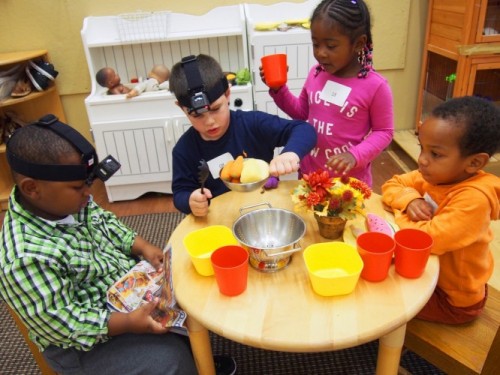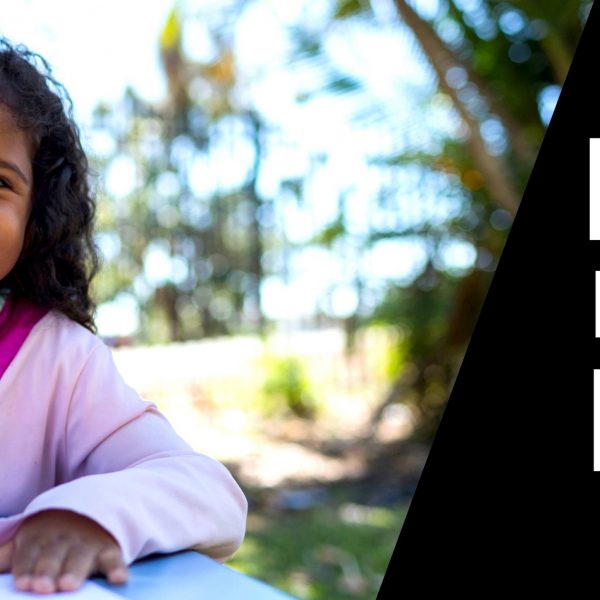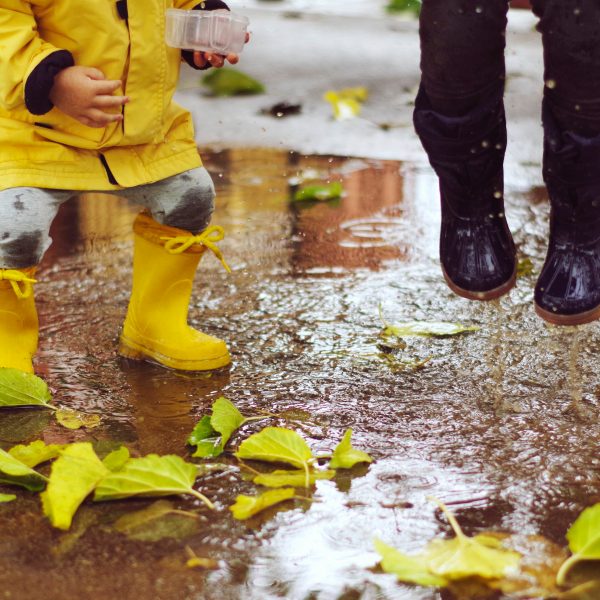New research learns about language in the ECEC classroom from a child’s perspective

A recent US study, published in PLOS ONE has explored the linguistic environment of preschool children, seeking to learn more about how children are exposed to language in their classrooms. Researchers found that although children may be in the same room, each child in the preschool has a profoundly different experience.
Children wore head-mounted cameras for one hour a day, to help researchers learn more about what preschool classrooms are like, from a child’s perspective.
Lead author, Leydi Johana Chaparro-Moreno said the duration and frequency of interactions between teachers and peers was “very different” amongst the children in the group, noting that children interacted most with teachers, but for some children, their peers also served as a means of hearing language, and therefore perfecting their own speech.
“Overall, children interacted more with the teacher than their peers, but for some kids their peers were an additional source of hearing language.”
Traditional studies into language acquisition have focused on aspects of how teachers behaved in the classroom, such as how they talked to children.
“What was missing was the perspective of the children. Especially in preschool classrooms, each child may not be listening to the teacher at the same time or interacting in the same way,” Ms Chaparro-Moreno said.
The study involved 13 children, ages three and four, who attended a non-profit childcare centre and full-day preschool located in an urban community.
The children wore a wireless head-mounted camera on a randomly assigned day during a four-day period. They wore it for one hour in the morning, during which they participated in different kinds of activities: some involving the whole class, and some where the children were free to choose what to do in various centers around the classroom.
Four children wore a camera each day, as did the master teacher.
Afterward, the researchers analysed the videos to see how many times each child interacted with the teacher or a peer, how long each interaction lasted, and a variety of aspects of the interaction.
Overall, about 60 per cent of the interactions caught on video were with the teacher. And the total duration of interactions with teachers was almost three times longer than the interactions with peers.
But there was wide variation. Six of the 13 children interacted with their peers almost as many times as they interacted with their teachers. In addition, four children interacted for longer periods of time with their peers, relative to the average interaction length among all the children.
When someone was talking directly to a child wearing a camera in class, 81 per cent of the time it was the teacher.
The bulk of the sophisticated language heard by children – 92 per cent – came from their teachers, who spoke to them in complex sentences. There was, however, variability in this space, Ms Chaparro-Moreno noted.
For example, for every type of word and complex sentence that one child heard per minute from teachers, another child heard five types of words and four complex sentences.
In expanding on this finding, Ms Chaparro-Moreno said educators may need to adapt their interactions with children to meet students’ individual learning needs.
“It is also possible that children’s language ability and personality may play a role in how they interact with the teacher and their peers,” she added.
The study is part of a larger five-year, $4.5 million project called Early Learning Ohio funded by the federal Institute of Education Sciences. The project, which involves students from preschool to third grade, is “trying to identify those aspects of the classroom experience that are most important to academic development and social development,” said co-author Laura Justice.
The data from the camera study will be used in future studies to model the social network in the classroom and examine how children resolve conflicts with each other.
Researchers participating in the project are experimenting with other technologies, such as location sensors to see how children move around classrooms and interact with their peers.
“Our goal is to map the dimensions of the classroom experience, including relationships with teachers and peers, how much kids enjoy school and whether they are victimised by other children,” Ms Justice said.
To access the study and learn more, please see here.
Popular

Quality
Practice
Provider
Research
Workforce
Honouring the quiet magic of early childhood
2025-07-11 09:15:00
by Fiona Alston

Policy
Practice
Provider
Quality
Workforce
Minister Jess Walsh signals urgent action on safety and oversight in early learning
2025-07-11 08:45:01
by Fiona Alston

Workforce
Policy
Quality
Practice
Provider
Research
The silent oath: Why child protection is personal for every educator
2025-07-17 09:00:31
by Fiona Alston











